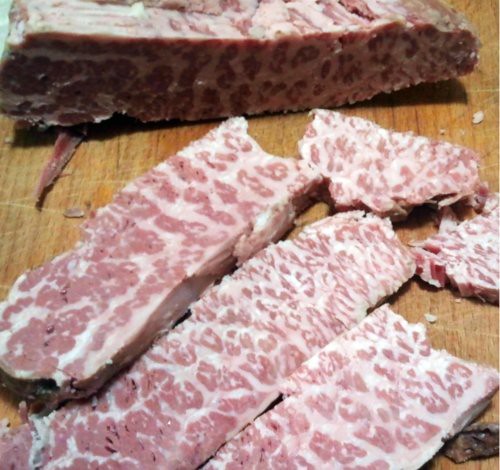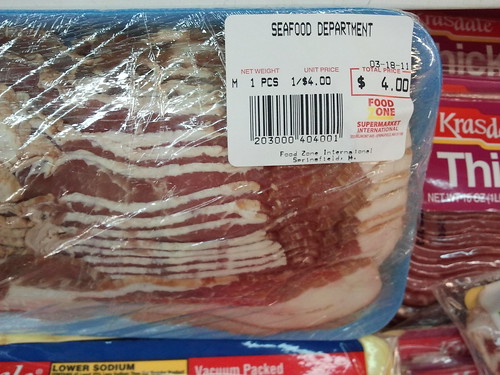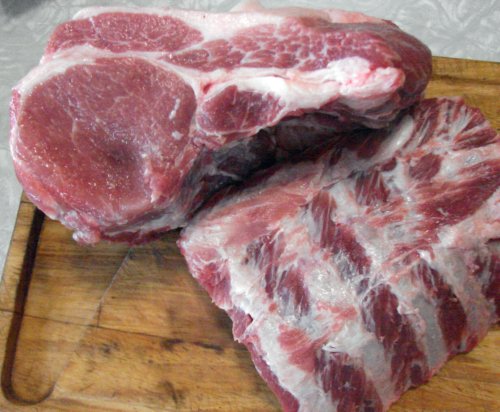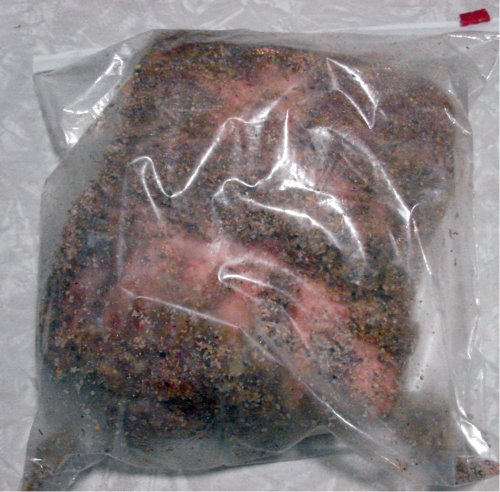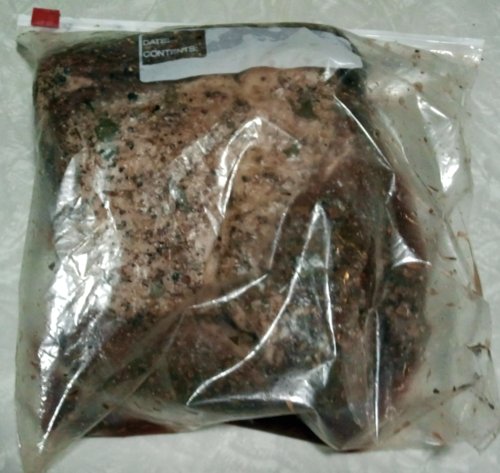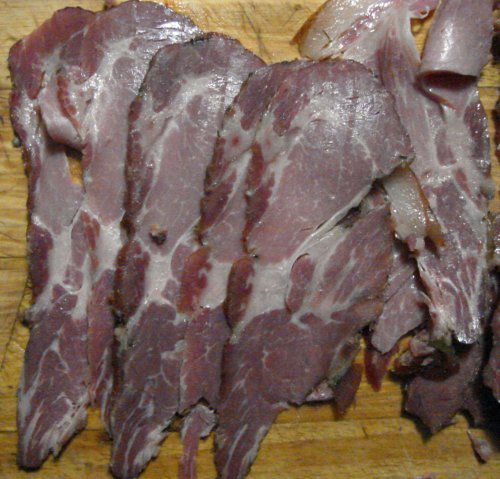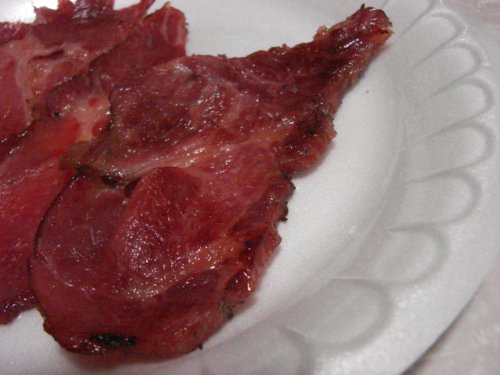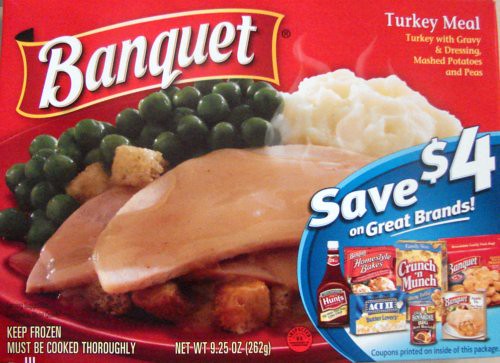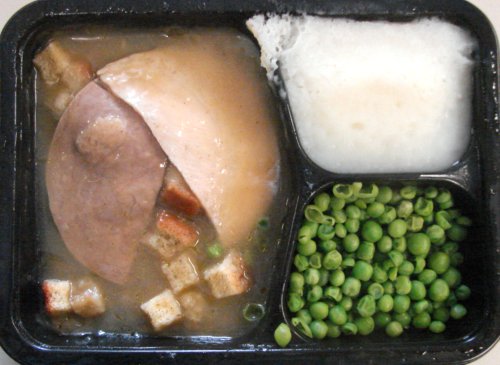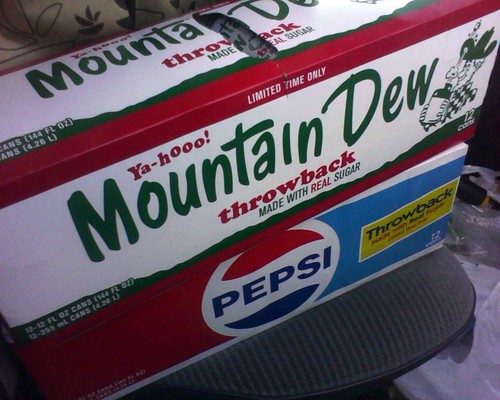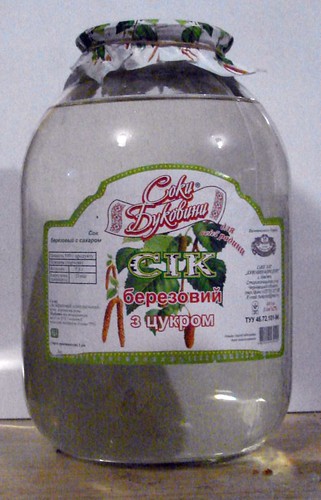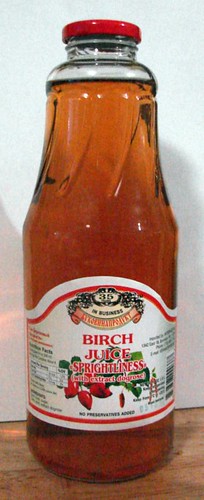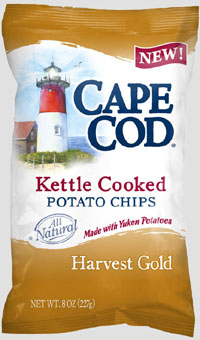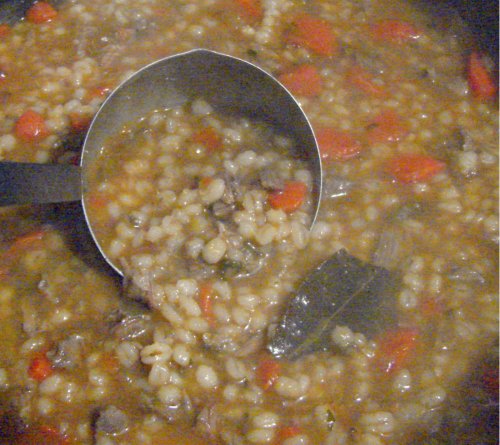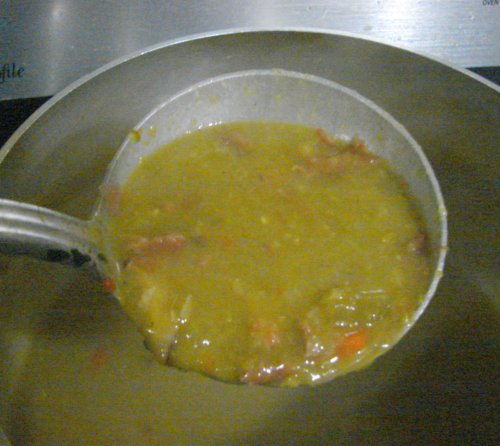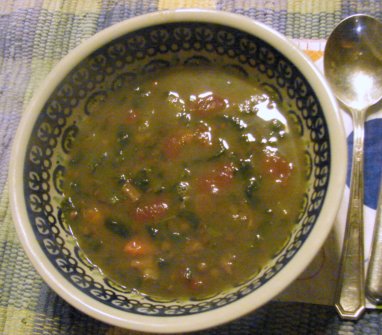 |
| Photo by ALDI |
As the calendar starts rolling toward Easter, hams start to appear on sale in the supermarkets. The ALDI in my town had a great deal on their Appleton Farms spiral-cut hams a short time ago: $1.49 a pound for the ham, with $3.00 taken off the total at the register. I put a nice big one in my cart because if you're trying to stretch a tight budget (and we've been pretty tight lately) there are few things that give you as big a bang for your buck as a ham. Besides the initial family dinner, a big ham will provide sandwiches for lunch, slices for breakfast, seasoning for peas and beans and such, and then there's stuff like chopped ham salad, ham-and-cheese omelets, croquettes, and hash. Now, there's no need to eat ham for every meal until it's all gone, but seriously the $15 or so you'll lay out for a ham on sale really does go a long way.
And then, of course, there is SOUP.
Ham bones are laden with flavor and you can usually make enough stock for two pots of soup. One night last week, that is exactly what I did. From bone to bowl usually takes about eight hours, so you probably won't want to start at 4:00 in the afternoon after work like I did. But if it's, say, a rainy Sunday and you're not going anywhere anyway, you've got plenty of time on your hands to make a proper pot of slow-simmered soup. (Yeah, for all the junk food and TV dinners I eat, the truth is I'm a big fan of Slow Food and I make most of our family meals from scratch. Don't tell the Burger King, or he'll start creeping outside my windows again.)
Anyway. Good soup starts with good stock, so let's start with ham stock.
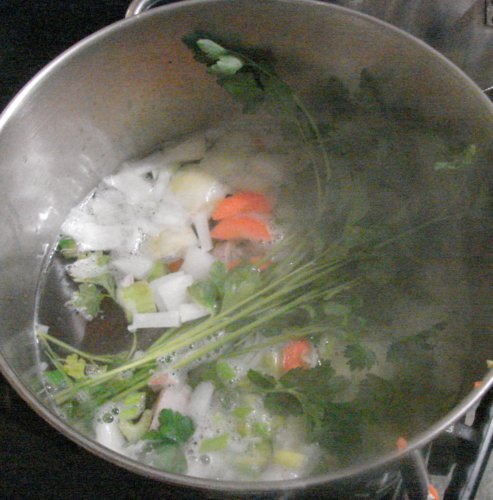
Ham Stock
makes about 7 quarts
2 gallons of water
3 medium onions, chopped
3 or 4 large carrots, chopped
3 or 4 ribs of celery, including the leaves, chopped
1 ham bone with a little meat still on it.
Handful of parsley, whole
8 - 10 whole peppercorns
3 bay leaves
Put the water, onions, carrots, and celery into a large stockpot and bring to a boil. Add the ham bone, parsley, peppercorns and bay leaves. Turn the heat down to simmer and allow the stock to simmer for 4 or 5 hours. Add a bit of water now and then if too much boils off. Remove the bone from the pot at the end of the cooking time. Pick off the meat and reserve for inclusion in the soup, and toss the bone. (I usually save the cartilage, gristle, and other nasty little bits for the dogs.)
You may strain the veggies from the stock if you'd like. I take out the long stringy stalks of parsley, but generally leave the rest of it in.
You will now have somewhere between 6 and 8 quarts of ham stock - enough to make two pots of soup. Or one huge pot if you're feeding a lot of people.
You can freeze stock for later use if you have the room in the freezer. If you're the proud owner of a ham bone but lack the time to give it a proper soupination, you can freeze that for later too. I had plenty of time on Soup Night, so I decided to just make two pots of soup side by side on the stove.
Green Split Pea Soup
Makes about 3 quarts
3 quarts of ham stock
2 carrots, chopped
2 onions, chopped
2 ribs celery, including leaves, chopped
1 bay leaf
1 pound green split peas
Salt, pepper, and seasonings to taste
Bring ham stock, carrots, onions, and celery to a boil; reduce heat to a simmer. Add bay leaf and split peas and simmer for 2 hours, covered, stirring occasionally.
By the end of the two hours, the peas should be soft and starting to break down. Add reserved ham bits from making the stock, some chopped parsley, and some ground black pepper. Simmer uncovered for an hour and a half, stirring occasionally, to help thicken up the soup.
Half an hour before serving, taste to adjust the seasoning. At the very least, you should add salt to taste, but there are certain ingredients I always add to my soups to make them outstanding. One of these is Maggi seasoning. Not the crappy soy-saucy stuff you find in American and Asian groceries, but imported Maggi Würze from Switzerland. This is the original formulation as Nestle first developed it over 100 years ago, and the main component is an extract of lovage. It is amazing in soups and stews. It's available online. Another seasoning I use consistently is Vegeta, an eastern-European blend of herbs, seasoning, and MSG OMG. Lynnafred calls it "magic powder" because it has such an incredible ability to flavorize soup and gravy.
After adjusting the seasoning to your taste, simmer briefly, stirring to distribute the flavors, and serve hot.
You can use any kind of lentil you like in this lentil soup. My favorite are the tiny green Puy lentils from France. They take a little longer to cook because unlike common brown lentils they need to be soaked before using. However, they hold their shape even after having been cooked for hours and hours. This quality gives the soup a heartier character. You can find Puy lentils in the "gourmet" section of your local supermarket, or you can get them in bulk at many"health food" stores.
Lentil Soup
Makes about 3 quarts
1½ pounds tiny Puy lentils
3 quarts ham stock
2 or 3 carrots
2 onions
2 ribs of celery
2 bay leaves
1 can (14½ ounces) diced tomatoes
1 bag (16 ounces) frozen cut leaf spinach
Salt, pepper, and seasonings to taste.
Several hours before you start to actually cook, put the lentils to soak in plenty of cold water. (I start soaking the lentils when I put the ham bone into the pot to make the stock.)
Bring the ham stock to a boil with the carrots, onions, celery, and bay leaves. Turn the heat down to a simmer and add the soaked lentils, stirring as you pour the lentils in. Add the diced tomatoes and cover the pot, simmering for three to four hours.
Add the frozen spinach to the pot, and continue to simmer as you season the soup. I use salt, pepper, Vegeta seasoning, and Maggi - at the least, you should add salt and pepper to taste. When the spinach is tender, the soup is ready to serve.
Bon Appetit!


